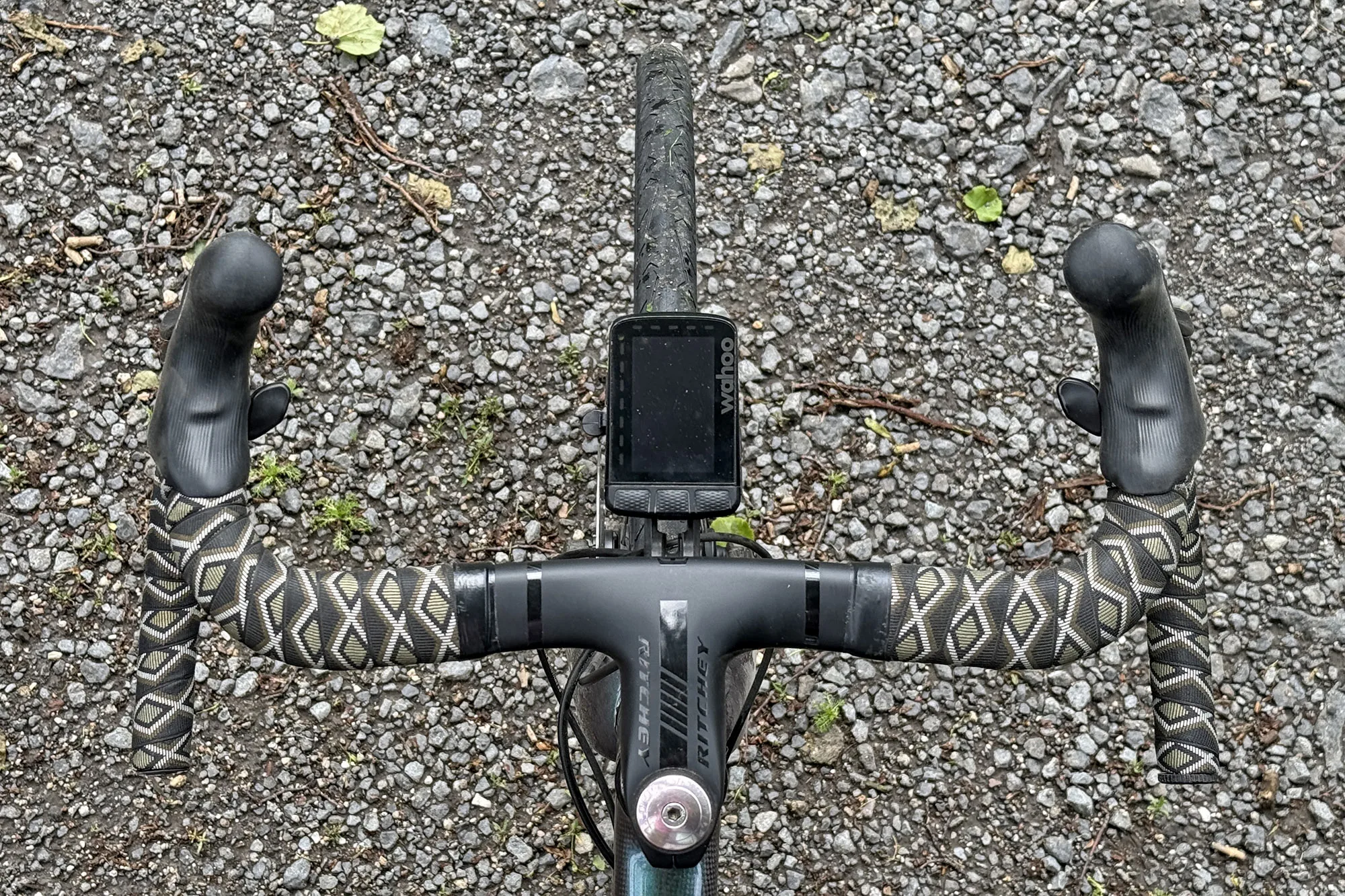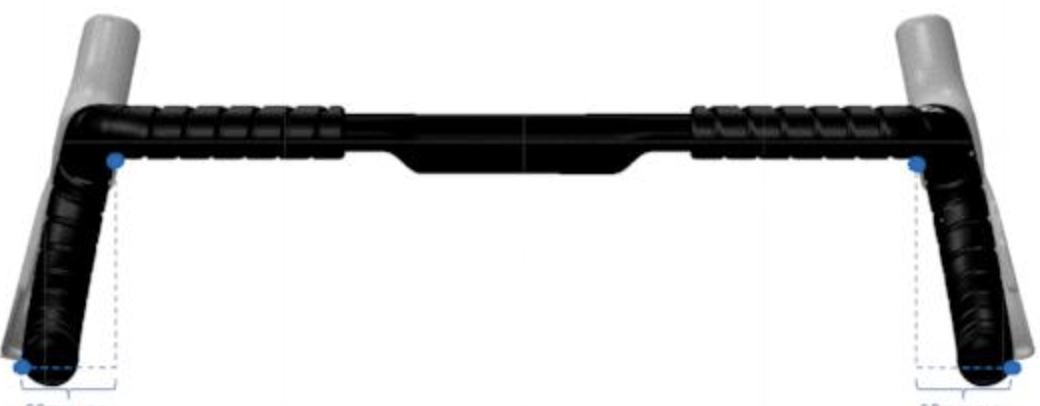In case you thought the tech debates in biking have been slowing down, suppose once more. The UCI now appears to be an everyday a part of our information cycle, and it’s not as a result of everybody desires to brush up on the foundations. The UCI Administration Committee, assembly through the Highway Worlds this week (see the complete communication), authorized a complete set of apparatus guidelines. The principles ranged from updating the extremely unpopular minimal handlebar widths to helmet restrictions. All battles (the preferred, the battle with SRAM and the 10T cog) are already sparking backlash and business debate. What was as soon as a distinct segment engineering footnote is now front-page politics.

Listed below are the updates from the newest assembly, and if you wish to learn the updates from the UCI in full, try UCI.org (information web page right here) for each element.


New UCI Racing Guidelines At a Look
The adjustments authorized embrace:
Handlebar Widths: Beginning 1 January 2026, bars in mass-start street and cyclocross should be at the very least 400 mm outside-to-outside, with a brake hood internal width restrict diminished from the initially proposed 320 mm to 280 mm. Max flare allowed is 65 mm.
Helmet Clampdown: The UCI is banning built-in or removable visors, shells that impede the ears, and any aero helmet that strays too removed from an outlined “street race” profile—the said aim is to determine a transparent distinction between race helmets and TT shells, with extra stringent air flow requirements.
Different Tech Strikes: Associated laws will deal with forearm help (re: the pet paws ban), tools price caps (efficient beginning in 2027), and clarifications concerning minimal venting in race lids.
UCI justified these adjustments below the umbrella of security measures geared toward containing race speeds, managing aerodynamic benefits, and lowering dangers as programs develop into quicker and extra excessive.


UCI Tweaks After Pushback
When the unique proposal for the handlebar width surfaced, backlash was swift. Critics—together with the Cyclists’ Alliance and feminine professionals—warned that it could hurt riders with smaller frames, compromise consolation, and necessitate suboptimal setups. In response, the UCI softened the hood spacing restrict (from 320 mm → 280 mm) whereas retaining the general bar minimal.


Nonetheless, the UCI maintained that the general 400 mm minimal is absolute, asserting that the adjustments should be phased in for security consistency. Additionally they dedicated to reevaluating the hood-spacing rule after stakeholder suggestions in 2026.


Why This Issues
These rule adjustments may seem like geometry tweaks, however their ripple impact is way more profound:
Match & consolation trade-offs: Riders with slim builds or those that choose compact, slim setups could also be compelled into compromises they by no means needed.
Tech & innovation constraints: Producers might want to rethink bar designs, flare, stem offsets, and compatibility.
Fairness issues: The transfer dangers disadvantaging ladies and smaller riders who might wrestle to fulfill the brand new minimums with out sacrificing ergonomics or security.
Security vs aesthetics: The UCI claims security is the precedence, however as all the time, choices round aero suppression or dimension limits will carry subjective style, efficiency, and political overtones.
In plain phrases: the UCI is re-centering management over ergonomics in racing, and the game’s tech future simply acquired narrower.


Wait it out?
These adjustments reveal the strain no governing physique escapes: how far do guidelines go earlier than they stifle innovation and rider alternative? The updates are arising quicker than cyclocross season. The UCI is betting that regulation should rein in unchecked aerodynamic good points; the business will now argue whether or not that management comes at too steep a price. The slim bar rule is one that almost all agree is a failure, particularly for the ergonomics of smaller riders. We’re guessing (hoping) that this rule will stay to see updates because the 2026 calendar begins.
As 2026 looms, groups, manufacturers, and riders should adapt quick. Will new bar shapes survive, or will we see lawsuits, waivers, or efficiency gaps? Solely time will inform.


















